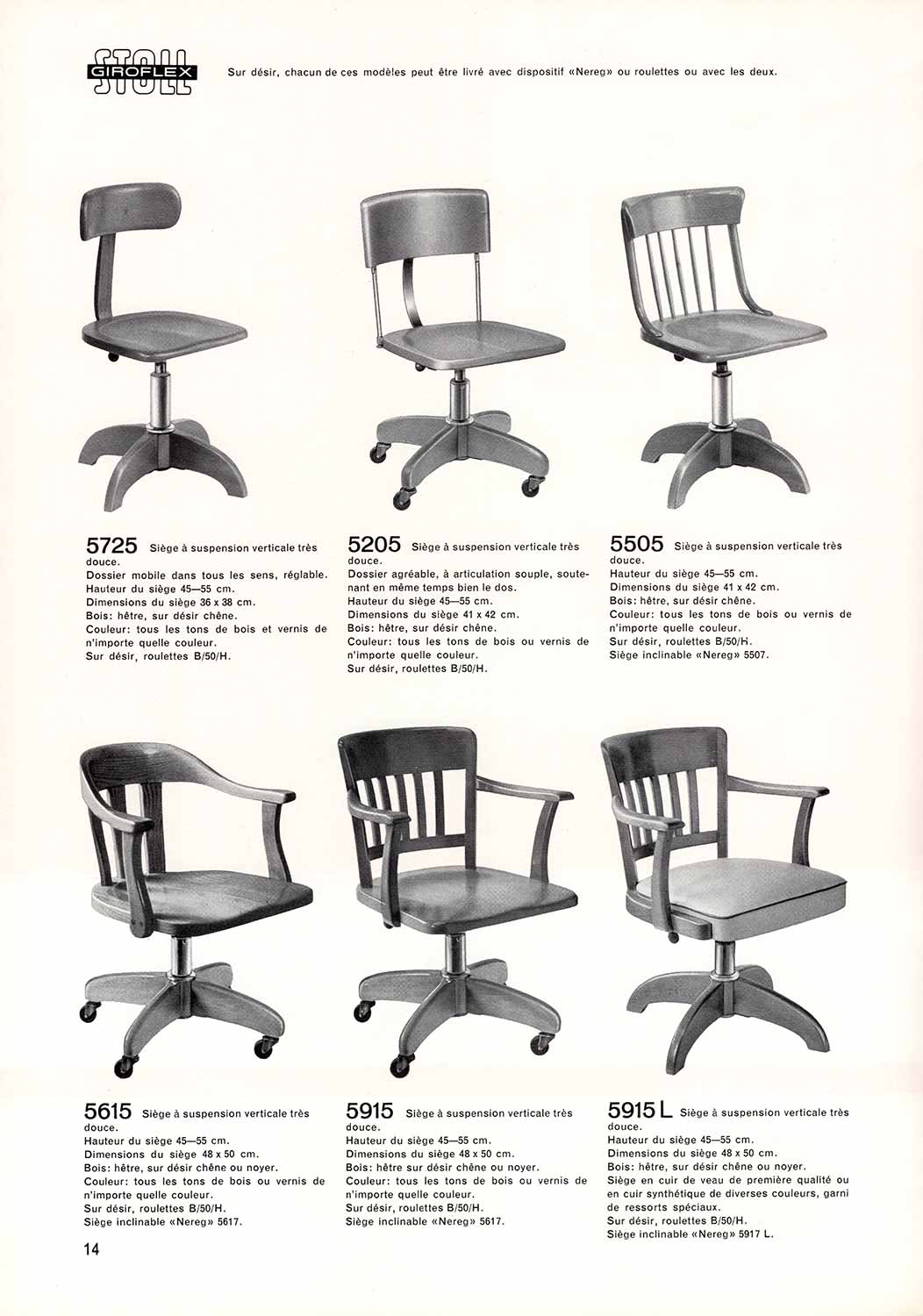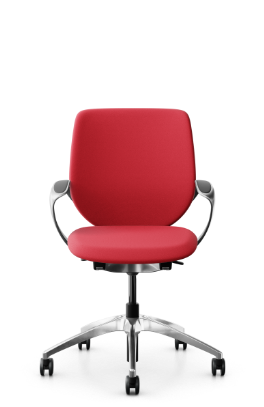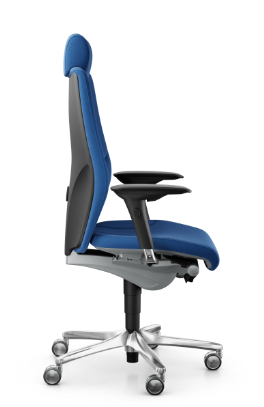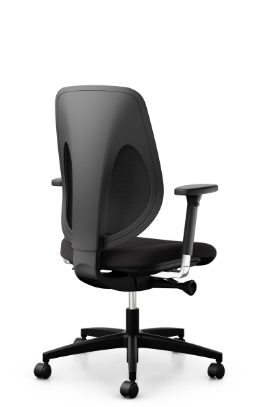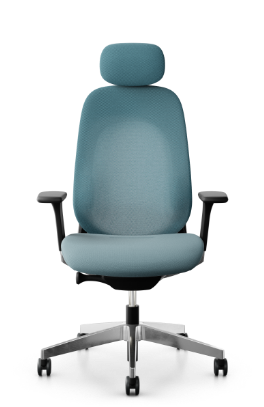-
Understanding
Synchro-motion seatingAll Giroflex office chairs offer synchro motion,
an advanced feature that powers your chair to follow
the natural movement of your body. Our office chairs can
be personally adjusted for comfort and support, which in combination with synchro motion is key to staying health and focused throughout your entire workday.
What is a synchro motion?
Giroflex office chairs offer synchro motion, resulting in a natural body movement as you recline in the chair. The more backward you recline
the seat, the more your upper body will open up. This movement is
created by the synchro mechanism, which drives the motion of
the seat and backrest individually, at a ratio of approx. 1:2.5
Giroflex office chairs offer synchro motion, resulting in a natural body movement as you recline in the chair. The more backward you recline the seat, the more your upper body will open up. This movement is created by the synchro mechanism, which drives the motion of the seat and backrest individually, at a ratio of approx. 1:2.5
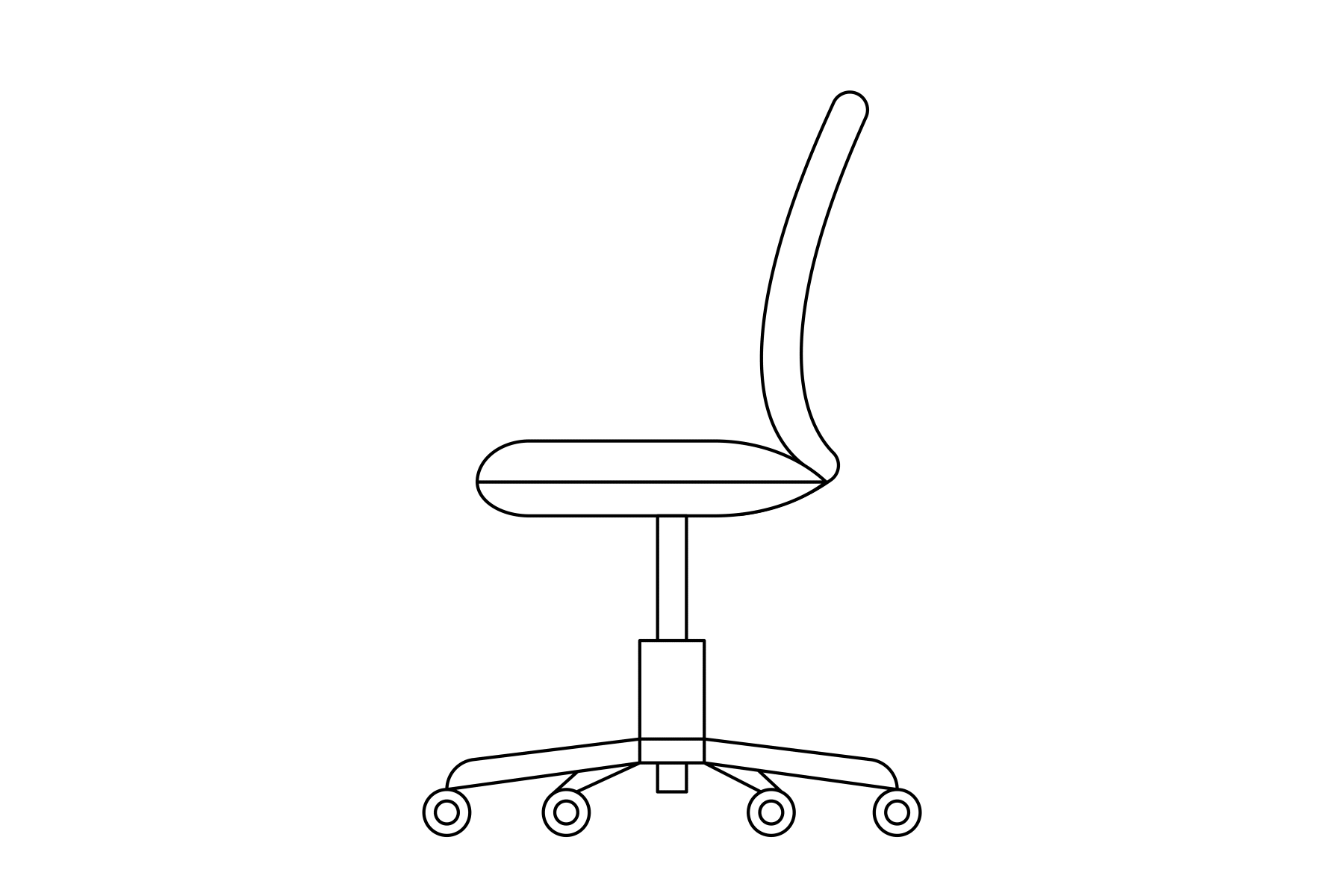
The benefits of a synchro motion
The synchro mechanism coordinates the tilt of the backrest and seat,
so that the chair movement matches the natural bio-mechanical movement of your body. This means the motion of the seat and backrest are designed to maintain perfect contact with the body throughout the chair’s recline, without causing pressure points or sheer, which can be a cause of pain
and discomfort.
Our well-engineered synchro mechanisms can easily be adjusted to your body weight so that you will experience effortless, flexible and active sitting. This unique feature promotes blood circulation and contributes to your health and wellbeing, helping you feel fresh and stay focussed after long hours, and keeping you healthier in the long-term.
The synchro mechanism coordinates the tilt of the backrest and seat, so that the chair movement matches the natural bio-mechanical movement of your body. This means the motion of the seat and backrest are designed to maintain perfect contact with the body throughout the chair’s recline, without causing pressure points or sheer, which can be a cause of pain and discomfort.
Our well-engineered synchro mechanisms can easily be adjusted to your body weight so that you will experience effortless, flexible and active sitting. This unique feature promotes blood circulation and contributes to your health and wellbeing, helping you feel fresh and...
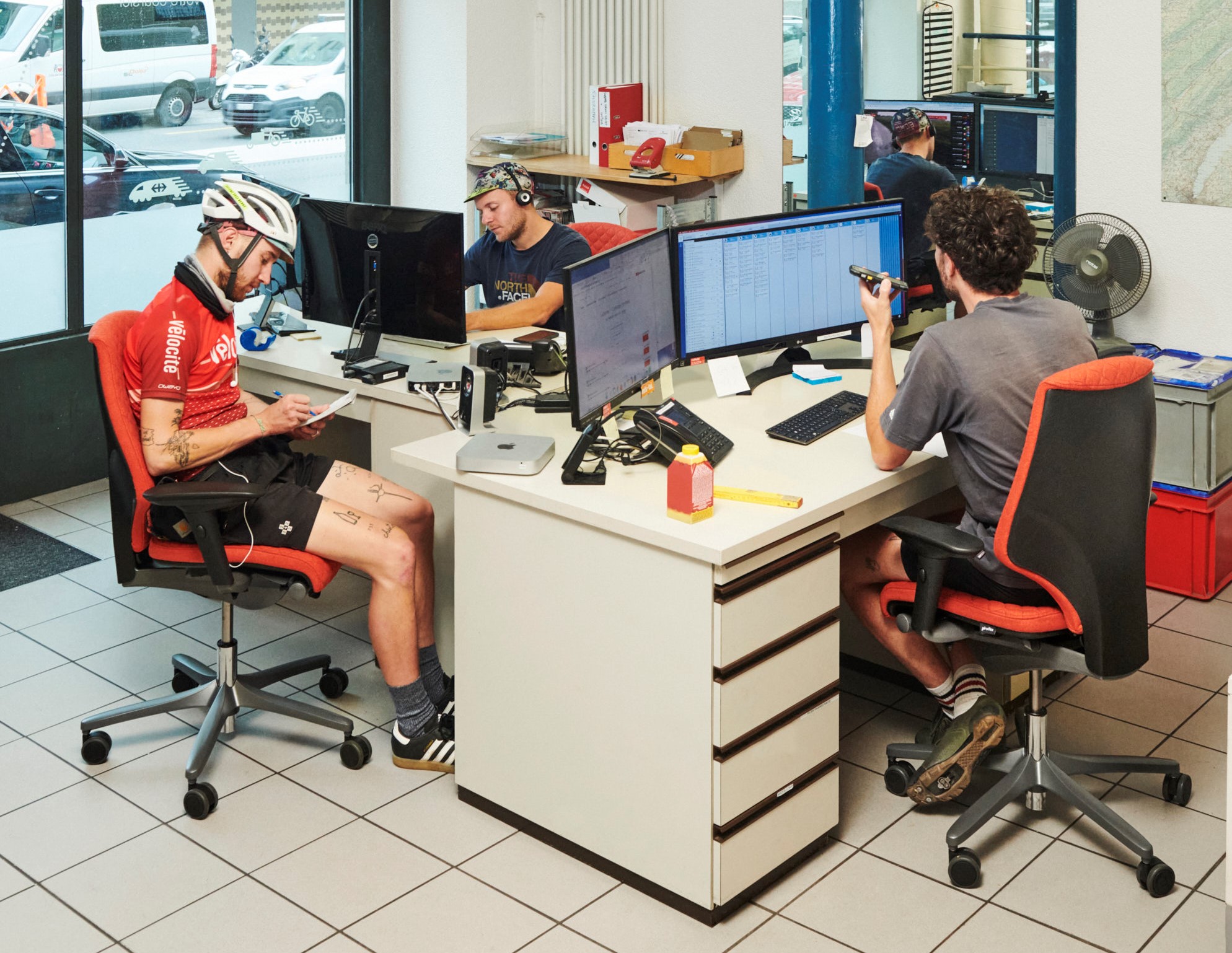
The Development of Giroflex synchro movement technology
-
150 years of pioneering for health
With over 150 years of expertise, Giroflex is today one of the market leaders when it comes to synchro seating, not only developing one of the world's first designs of its kind, but also leading the way with continuous innovation and evolution in the office chair industry.
-
Entering the office scene
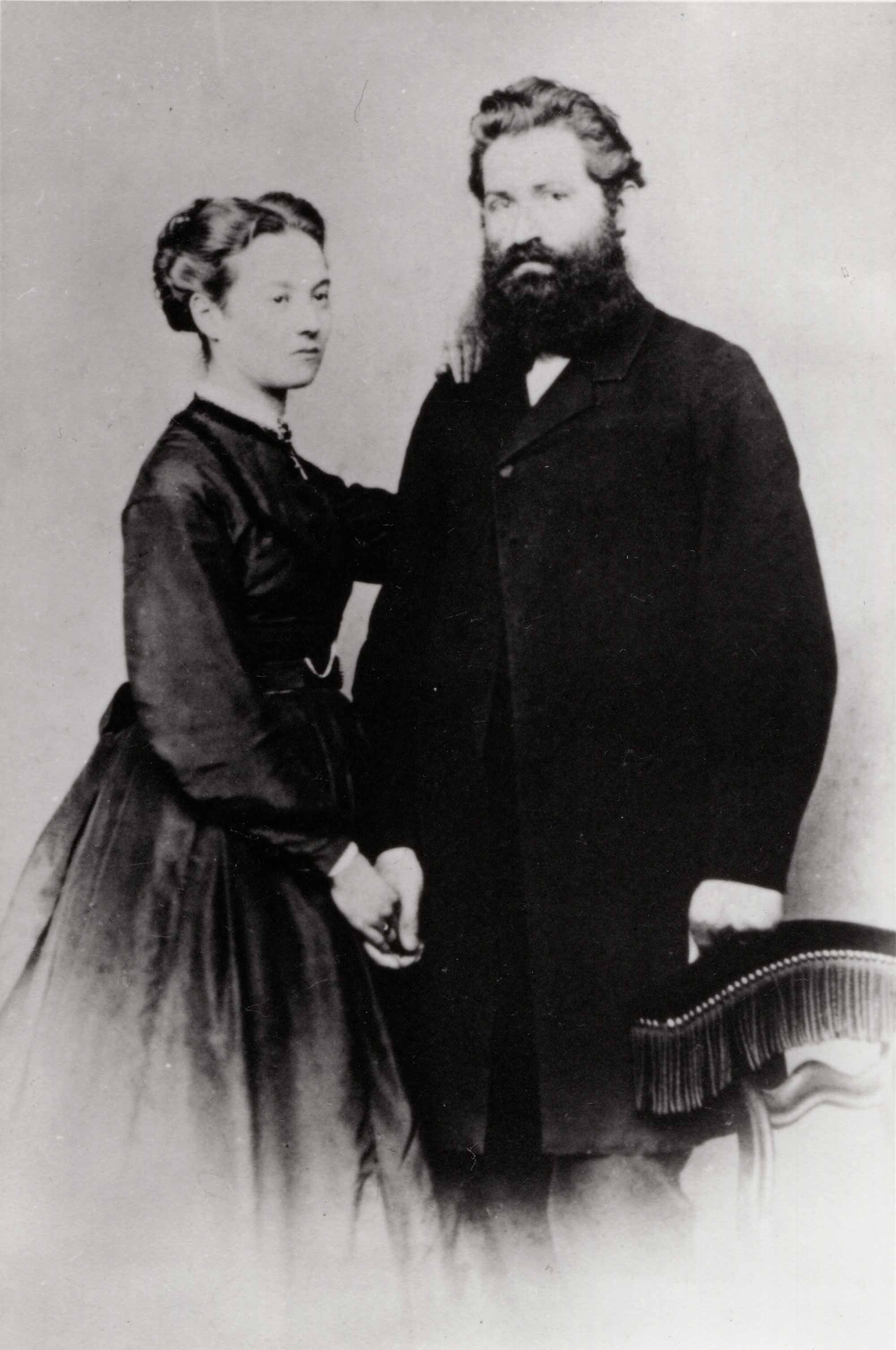
In 1872 Albert Stoll I established a chair factory
in Koblenz, Switzerland, which focused on the production of bentwood chairs for cafés, hotels and stores. Starting in 1919, his son, Albert Stoll ll, concentrated on the development and production of office chairs. -
Federdreh
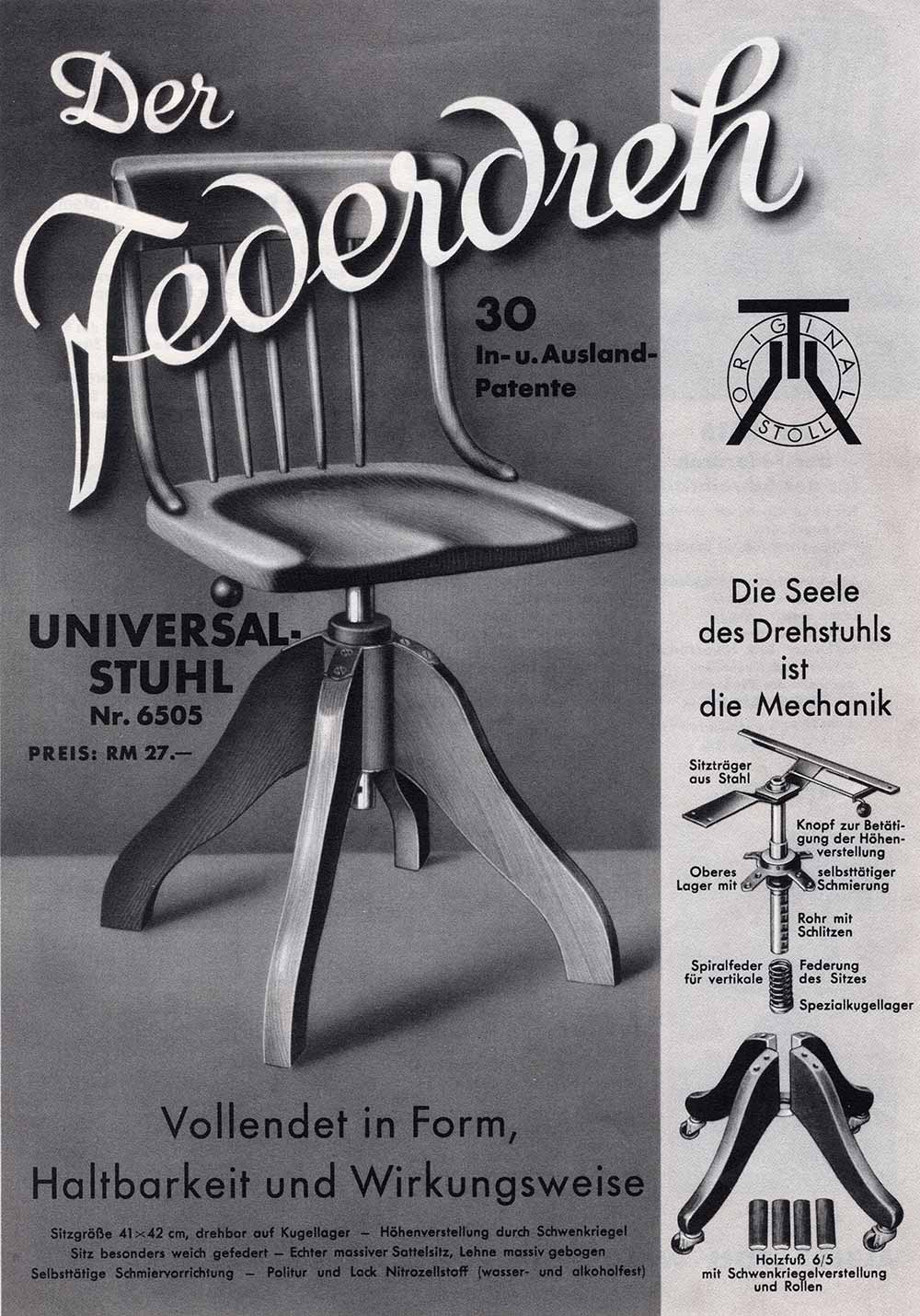
In 1926 he invented the Federdreh (Spring swivel), which quickly became famous and was patented worldwide. This was the first swivel chair with
a suspension system. The brand name Giroflex (turn and flex) was introduced in 1948 and can be traced back to this invention. These early developments established Giroflex as a pioneer in the office chair industry and laid the foundations for the human
centred design principles we use today. -
Syntop
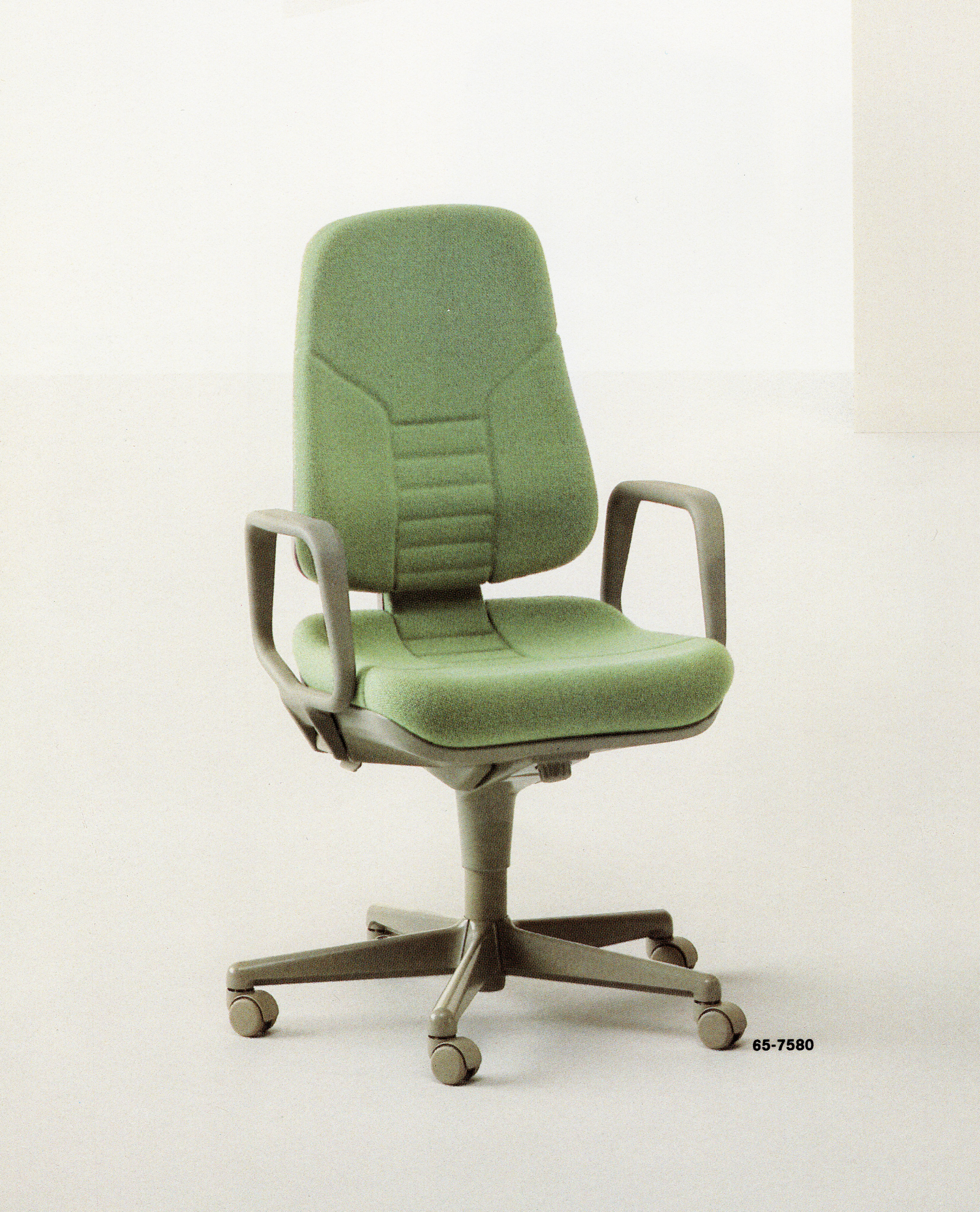
Since 1962, Giroflex has continuously researched the needs of people at their places of work, and how this could significantly influence job performance and health effects. In 1982 Giroflex launched the Syntop, one of the world’s first synchro motion swivel chairs, which contributed to a radical improvement in workplace seating ergonomics.
-
giroflex 64
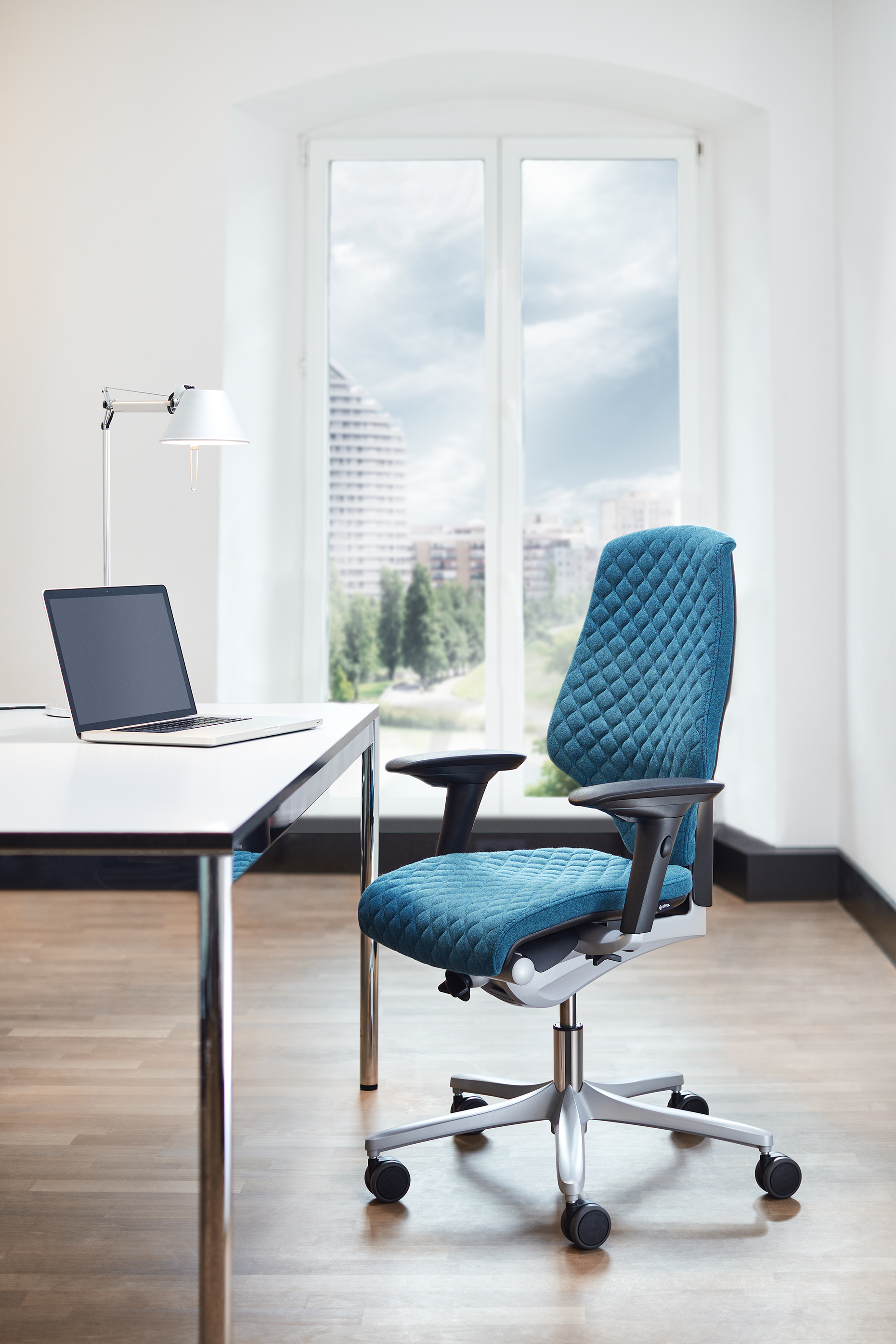
The giroflex 64 was launched on the market in 1992 and quickly became a benchmark for synchro chairs in the European market, and has been ever since. giroflex 64 introduced Organicmove, a unique synchro movement, and the dual zone seat profile developed through research with the Swiss Federal Institute of Technology (ETH Zürich). The Organicmove synchro movement allows effortless dynamic sitting and perfectly balances you as you recline.
-
Dual zone seat
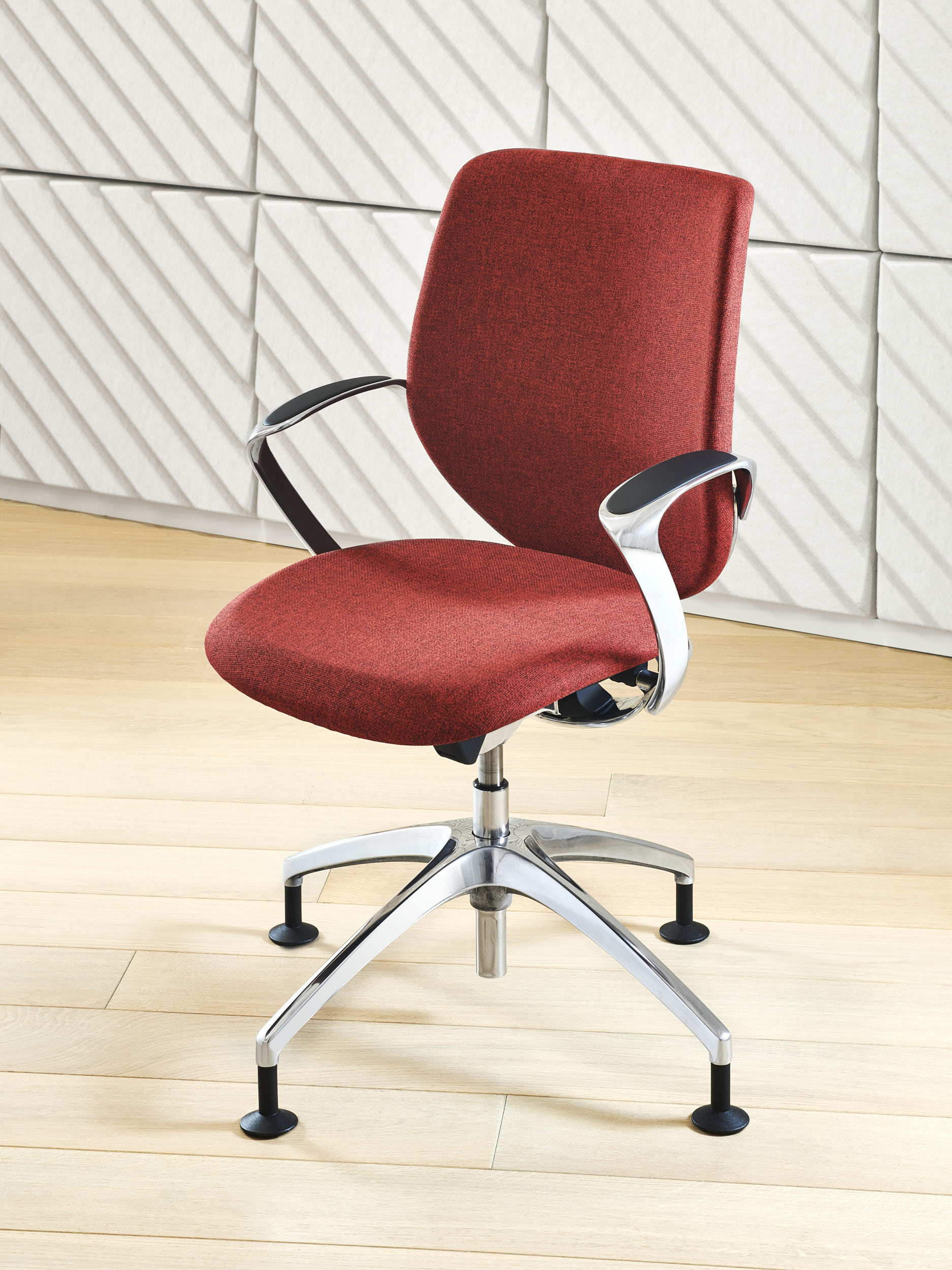
The dual zone seat features a specially developed profile which increases the pressure transferred into the feet, reducing pressure on the thighs and associated limb numbness, and significantly reducing back muscle activity. This results in a more stable, healthy, and relaxed sitting position, that has contributed to the success of this Giroflex icon.
-
Decades of research and continuous product development have followed since. Today, flexibility, comfort and human centred design have become a natural part of all Giroflex synchro office chair designs.
Latest Giroflex designs featuring synchro mechanisms
-
giroflex 313
-
giroflex 64
-
giroflex 353
-
giroflex 40
![Giroflex by flokk_logo[1338]](https://www.flokk.com/hubfs/Giroflex%20by%20flokk_logo%5B1338%5D.png)
